Do you consider yourself an adventurous tourist? Then a visit to Timbuktu’s remote, half-mythical African city proves that the real savor of a trip comes from the journey itself, not necessarily from the leading destination. Let’s see how to visit Timbuktu!
In the heart of Mali, a landlocked African nation in the west of the continent, there is a delta. An expanse of water impossible to imagine could exist here, adorned with ribbon-like islands, unfolds before your eyes: it is the Niger River.
On its northern bank is a city, beyond which the first dunes of the vast Sahara desert recede in sandy waves towards the horizon. The full moon dominates the landscape to the west – a yellow ball sinking into a heat of scrub and sand. In the east, the sun dapples the sky with its reddish shadow. As the mud and brick buildings begin to glow in the dawn light, Timbuktu comes to life. Read more about visiting the Great Mosque of Djenne, in Mali.
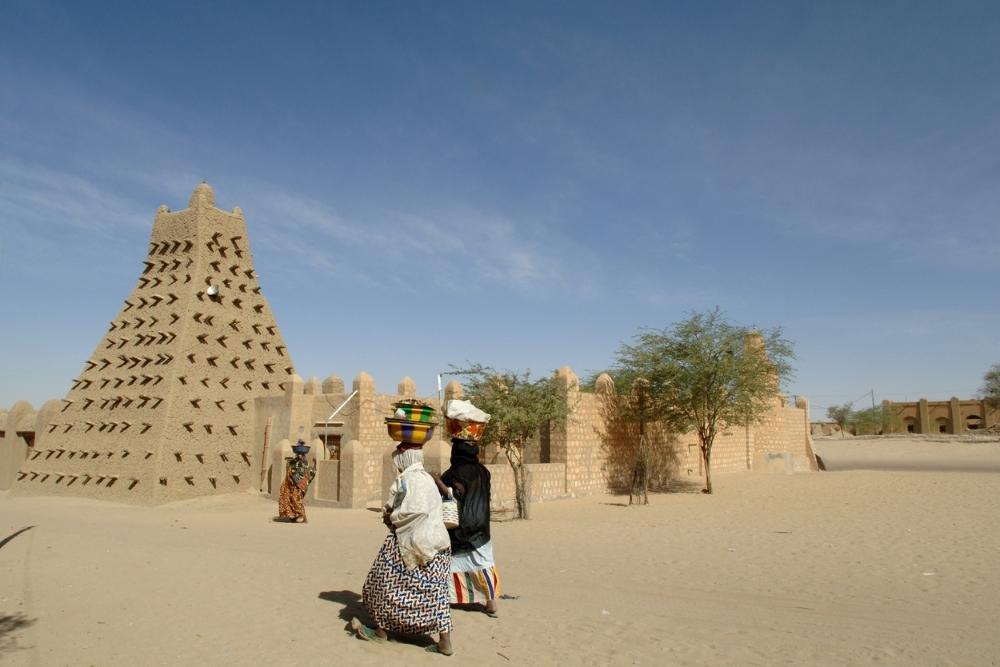
Legendary Timbuktu remains in the Western imagination as a settlement somewhere outside the atlas, clinging to the Sahara desert, although the reality is somewhat different. Visiting it no longer requires the iron will of explorers and companions who are part of the native Tuareg tribes, able to traverse the desert just by ‘reading’ the texture of the sand. It’s not an easy journey, but that’s the beauty of it.
Mali and its capital, Bamako
For most tourists, the journey to Timbuktu begins on the tarmac of Mali’s only international airport, located a few kilometers south of the country’s capital, Bamako. To describe Bamako as an example of a vast settlement in a developing nation, you must consider both its positive and negative elements.
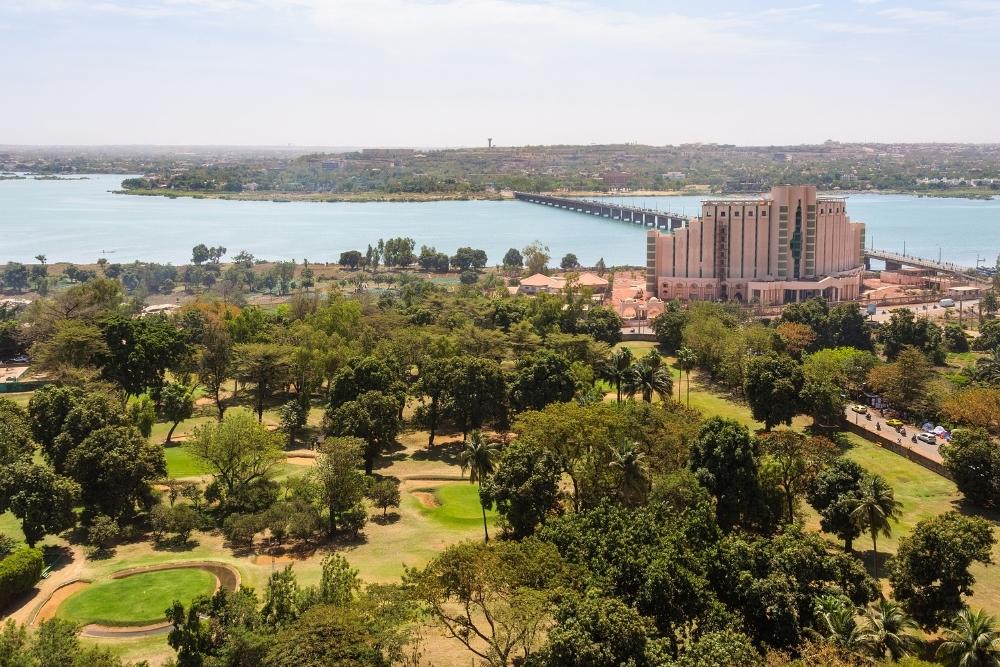
The capital has no tall buildings and is a polluted city. The air is a cocktail of West African red dust, exhaust fumes, and burning waste. Spend just one morning around the main boulevard, and you’ll feel like you’ve inhaled a box of crayons. But in a city that covers 252 square kilometers and is cut in two by the Niger River, motor vehicles are necessary.
In any case, what the city offers in quantities as significant as the pollution is the buzz, color, and an incredible variety of bars and clubs where you can listen to some of the best live music on the continent. Also worth mentioning here is Songoniko bus station, the terminus for buses. From here, they depart every day to the port city, the first leg of the journey having Timbuktu as its final destination.
It is worth mentioning that nothing happens according to the bus schedule. The buses depart only if they are full of clients, which means their height doubles due to the roof loaded with pieces of luggage, motorbikes, and bags of food, and the corridor inside fills up with animals and local passengers. The 460 kilometers journey – this is the distance to Mopti – theoretically takes 8 hours. But from the very beginning, you should know that you will spend about two days on the road!
It’s all about keeping your optimism and preparing for what’s ahead. Mopti, a tough town on the south bank of the Niger River, is about halfway to Timbuktu, and from here, you have two options to continue your journey.
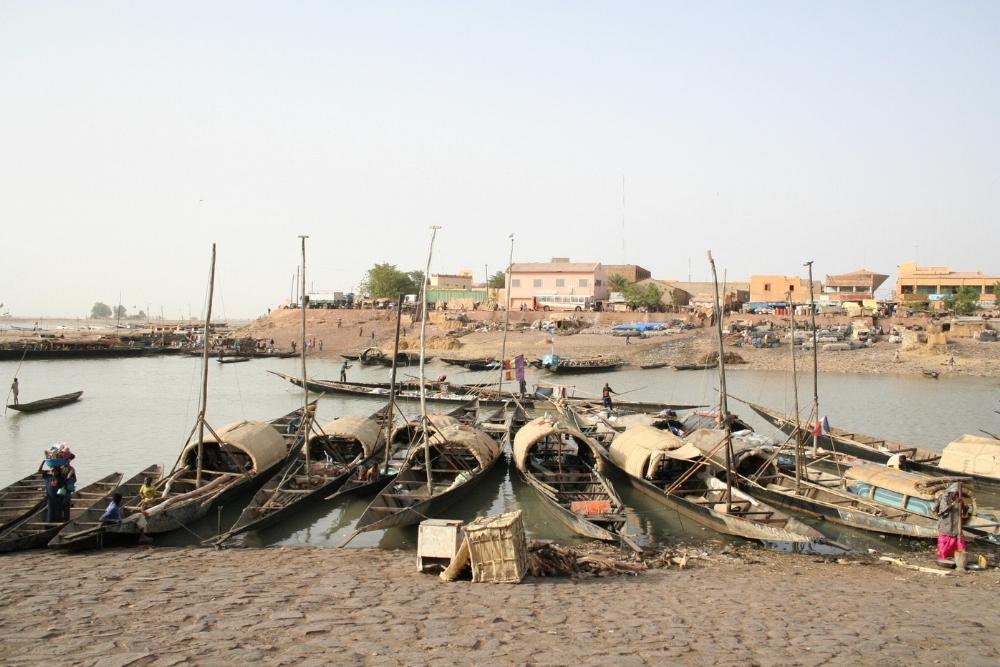
The most convenient choice is to book a place in one of the many 4×4 vehicles. With such a car, you can easily reach Douentza, a small, poor settlement, where the asphalt ends and a day-long journey begin on a dusty road that will shake your bones to the max. It all culminates in an unforgettable trip across Niger, where herders regularly drive their cattle on the metal ramps of a small ferry, the animals squeezing as best they can through the passenger-filled land cruisers.
Those will take you to the north bank of the river, to Korioume, the settlement near Timbuktu, linked to it by a 10-kilometer-long macadam road, covered at the end of an extremely long day (that is, of course, if you don’t miss the last ferry leaving at sunset).
For more romantic travelers, Mopti offers the chance to travel the rest of the way by boat, spending the next 2 or 3 days passing through the uniquely beautiful Niger Delta and spending the nights on deck or camping by the water around the fire.
When the water level is high enough, around July to December, you can cross by one of the large steam ferries that regularly cross the river. During the dry season, you’ll have to cross the river by pinasa or pirogue, small private boats that carry goods and passengers together.
Once onboard, it’s easy to get into the rhythm of the smooth river journey.
Watch fishermen on the coastal, casting their nets into the silvery waters, try your luck at spotting a hippo or two in Lake Debo and float past Naifunke, the hometown of legendary blues guitarist Ali Farka Toure. What better way than this to reach your destination?
Timbuktu, once the land of gold
Modern-day Timbuktu had changed somewhat from its prosperous 15th-century days when its reputation as one of Africa’s most prosperous trading posts gave rise to a legend that the town was formed in a land with plenty of gold. Today, the ramshackle markets and roadside stalls seem to sell all the same things, namely sour oranges and phone cards.
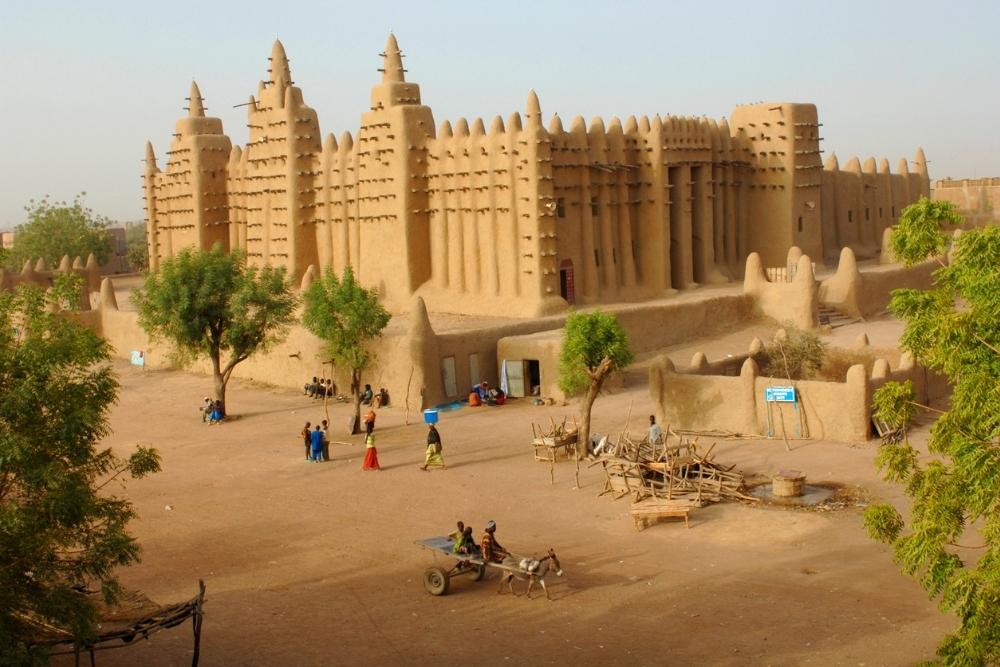
However, Timbuktu still has much to offer its visitors besides the honor of getting here. A UNESCO World Heritage Site, the ancient city boasts ancient mosques built of mud and brick, a collection of buildings that, at first glance, appear to be the work of long-extinct species of giant ants.
Of the three mosques, Djingareyber, built-in 1325, is the oldest and is open to the public, while the Sankori mosque once housed the city’s university, one of the world’s largest learning institutions dating back to the Middle Ages.
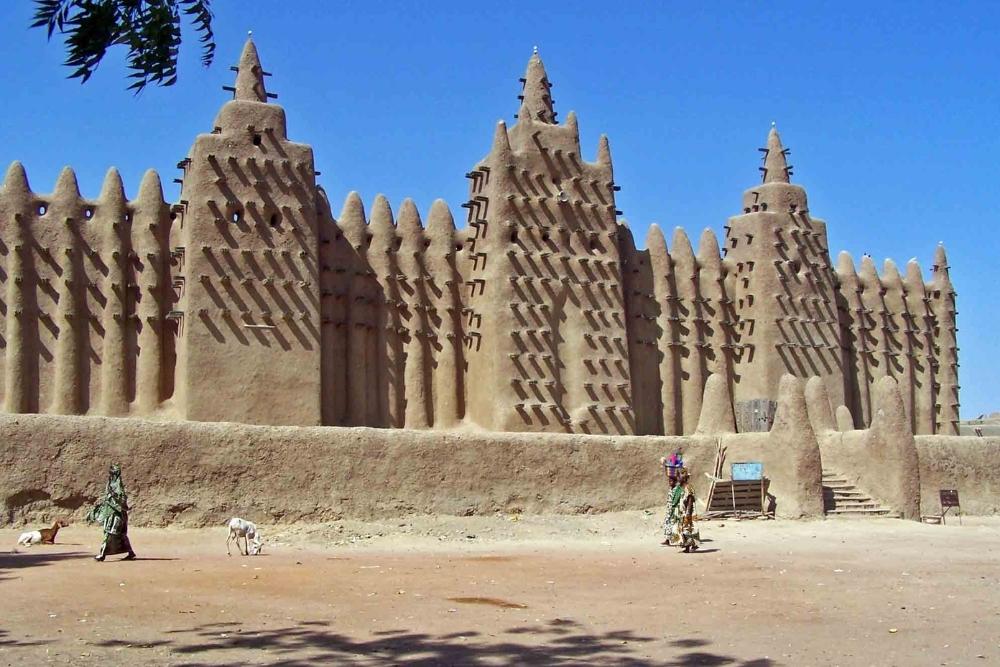
There are also a few modest but reasonable hotels, hostels, and restaurants here – the Boctou Hotel, with its restaurant and terrace being perhaps the most popular.
But what makes Timbuktu unique is not its brick and mud buildings or its inhabitants. The magic comes from the simple fact that this settlement really exists and the thrill you get from the thought that you might actually get there, and once you get there, you feel like every other place in the world is far, too far away.
You may also like: Top 5 African countries for admiring wildlife

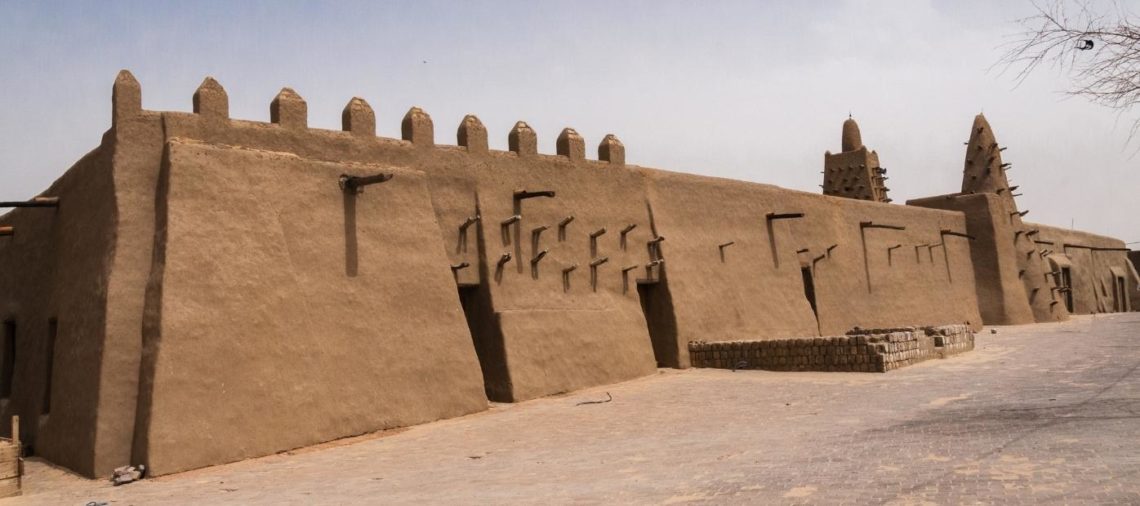
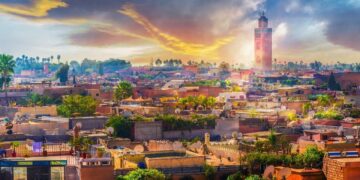
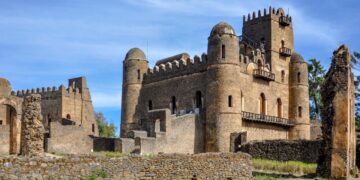

Hello.
Thanks for a great article. I am trying to write a novel set in Timbuktu and this was helpful.
Martha.